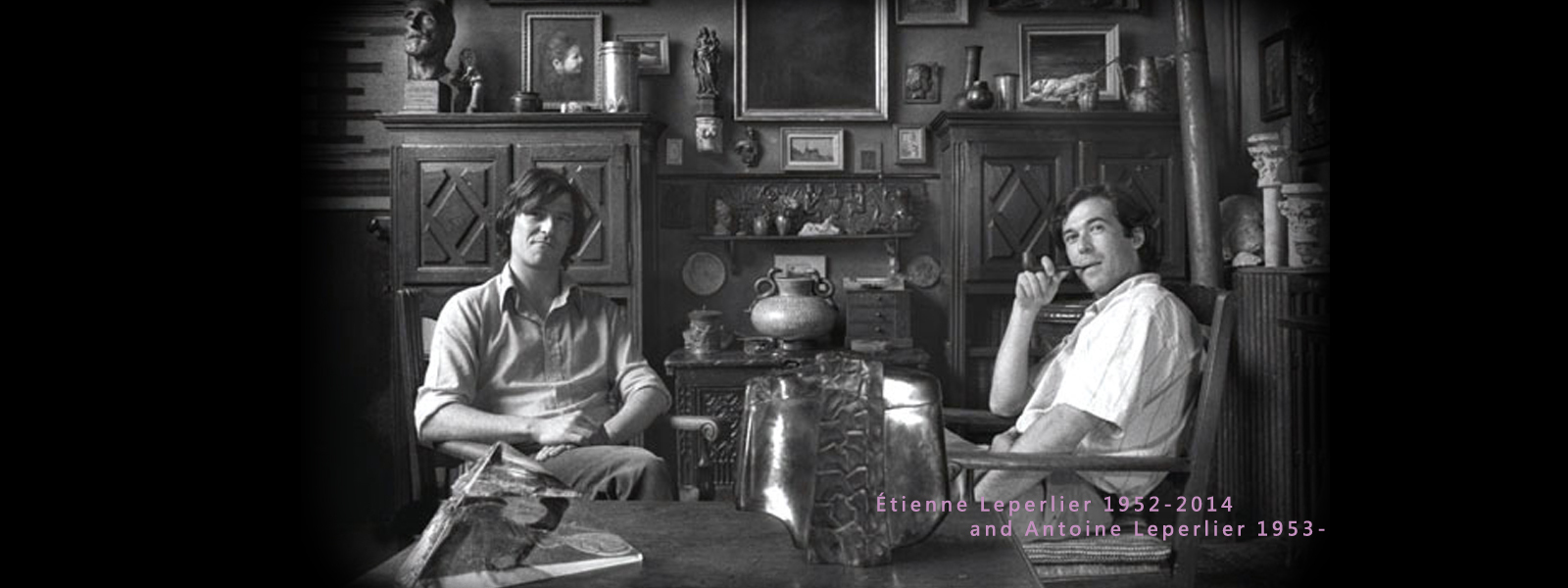
An Indispensible Name in French Pâte de Verre
Étienne Leperlier (1952-2014) and Antoine Leperlier (1953-)
An artist uses the pâte de verre technique to expand upon their ideas in sculpture.
It is my ultimate solution when seeking an artistic aesthetic or spirit.
–Antoine Leperlier
Brothers Étienne and Antoine Leperlier spent their childhood alongside their grandfather in his studio. They inherited his kiln in the 80s and through his notes, discovered the possibilities of pâte de verre. With this technique they created abstract masterpieces in glass, challenging its philosophical potential and probing the layers of the human soul.
Glass produced through pâte de verre acts as a receptacle for light and color. And light and color reflects time and space, manifesting the artists' deepest thoughts. Antoine Leperlier said, "Glass allows us to enter an alternate reality. To us, this is memory. It may not be visible to the eye but because it once existed, it will have left a mark."
He created intentional voids in his work to highlight the translucency of space. When adding color to material, transparent and opaque exist together to form a perfect contradiction. Étienne Leperlier passed away in 2014.
Antoine Leperlier's work turns toward the philosophical. Is glass solid or liquid? Is it permanent or shifting? He hopes to counter the passing of time through the preservation of these objects and to perpetuate the brevity of human life in glass. He continues his work from a small town in Northern France to this day. A national living treasure in his home country, his sculptures have been acquired by over 30 internationally renowned museums. From working in his grandfather's studio when he was a child to present day, Antoine Leperlier has never lost sight of his vision.
The enduring success of French pâte de verre can arguably be attributed to the legacy of the Décorchemont and Leperlier families.



